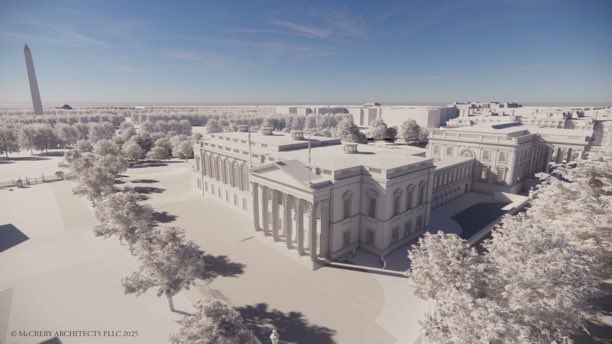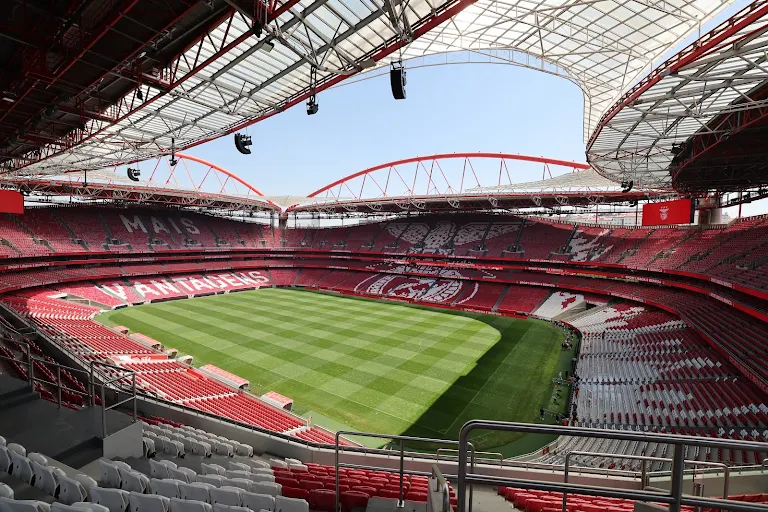
The White House is set to undergo one of its most significant expansions in modern history with the upcoming construction of a massive 90,000-square-foot ballroom. The project, which carries an estimated price tag of $200 million, is scheduled to break ground this September and is expected to take several years to complete.
According to officials familiar with the plans, the new ballroom will serve as a multipurpose venue for state dinners, formal receptions, diplomatic events, and large-scale presidential addresses. The initiative marks the first time in decades that a structural addition of this magnitude will be made to the executive mansion’s grounds, drawing both curiosity and criticism from various quarters.
Architectural renderings show a grand, columned design that blends neoclassical elements with modern engineering, aimed at complementing the historical aesthetics of the White House while incorporating state-of-the-art acoustics, lighting, and security features. The ballroom will reportedly be constructed underground with a discreet entrance to preserve the iconic appearance of the White House’s exterior.
Supporters of the project argue that the new space will help modernize presidential functions and ease the logistical challenges of hosting international dignitaries, large-scale press events, and major cultural ceremonies. “The existing spaces within the White House, while historic and beautiful, were not designed for 21st-century event demands,” one senior official said. “This new addition will enhance our capacity for diplomacy and national celebration.”
Critics, however, have questioned the timing and cost of the project, especially amid ongoing national debates about government spending and infrastructure priorities. Some lawmakers and watchdog groups are calling for greater transparency about the funding source and necessity of the expansion, arguing that the public deserves more input on how taxpayer dollars are used for such grand undertakings.
Construction is expected to follow strict preservation guidelines, with oversight from both the National Park Service and the Commission of Fine Arts. Preliminary site preparation will begin in late summer, with full-scale development starting in early fall. Security measures are being heightened around the White House perimeter during the build phase to ensure uninterrupted daily operations.
Once completed, the White House ballroom will be one of the largest and most technologically advanced spaces of its kind on any government property, reaffirming the Executive Mansion’s role as not just a seat of power, but a symbolic hub for national and international events.




